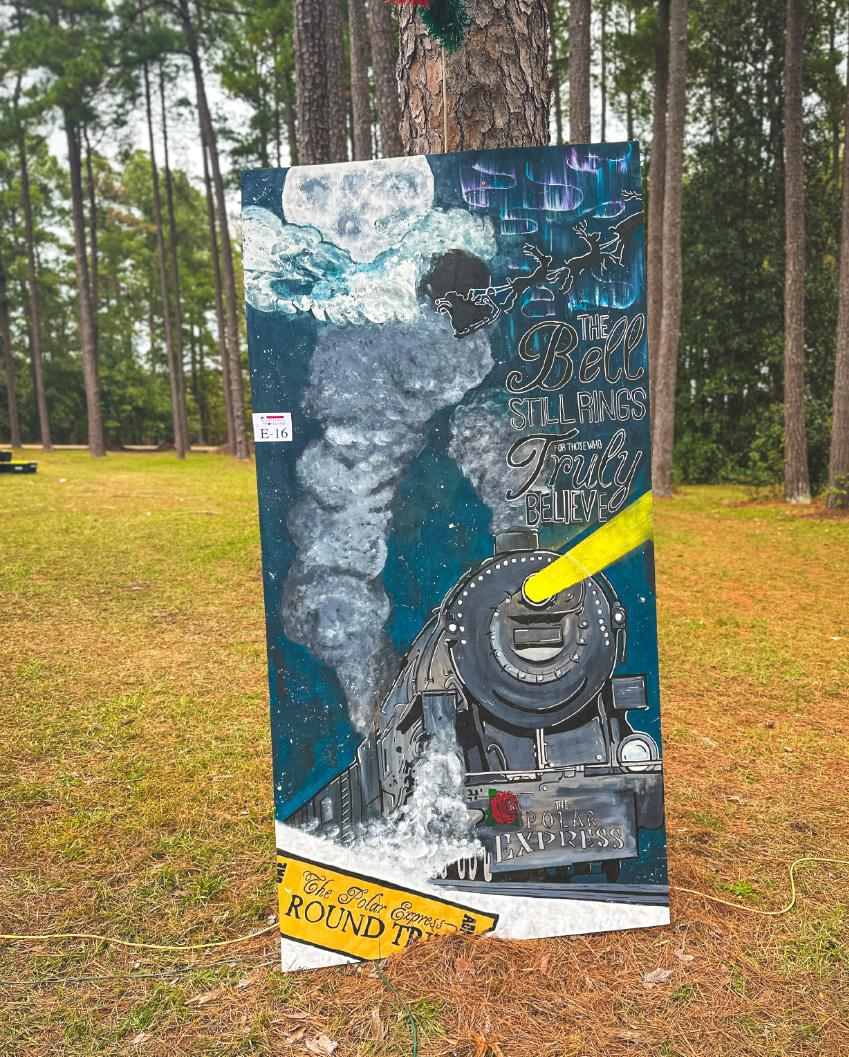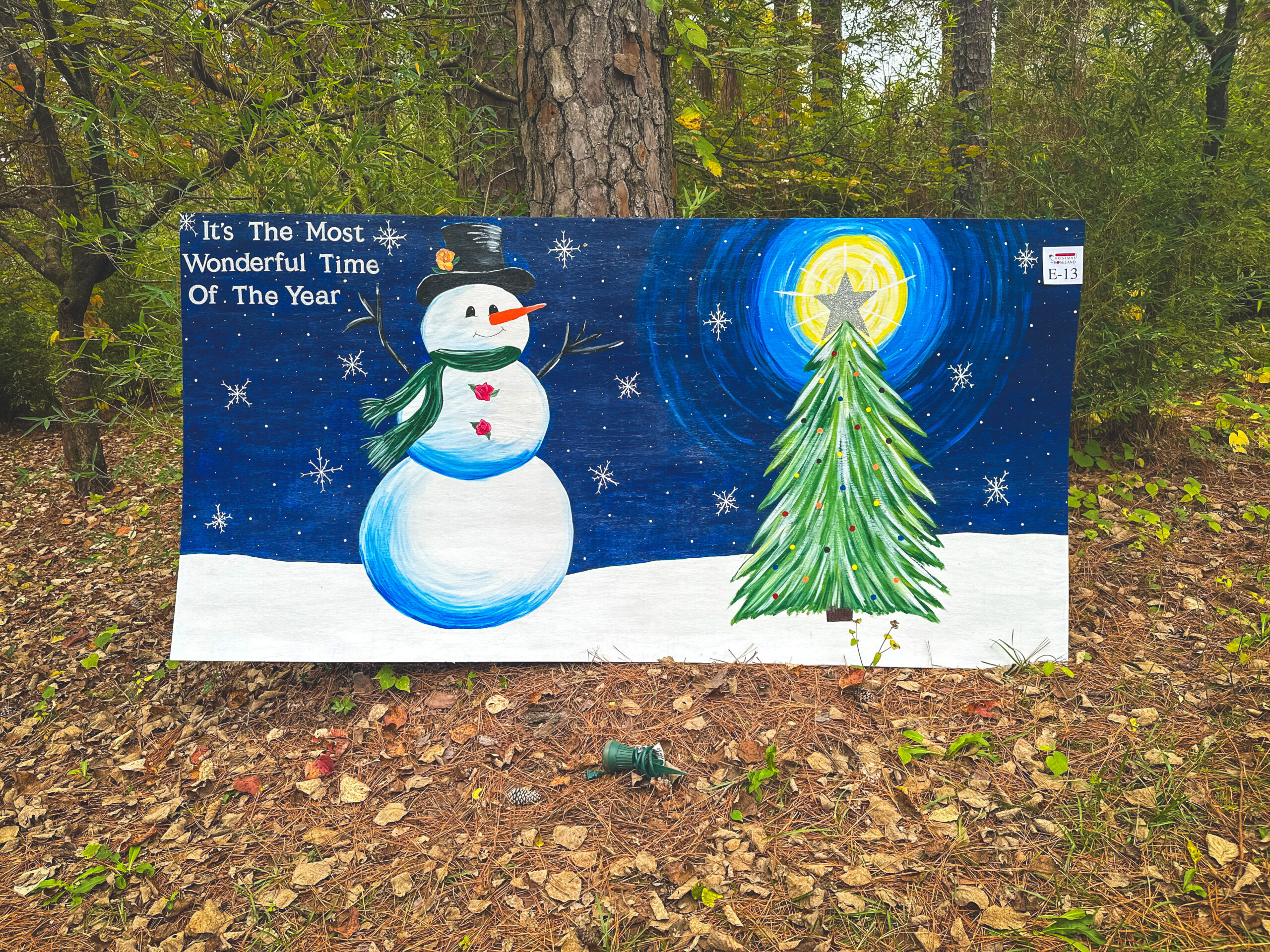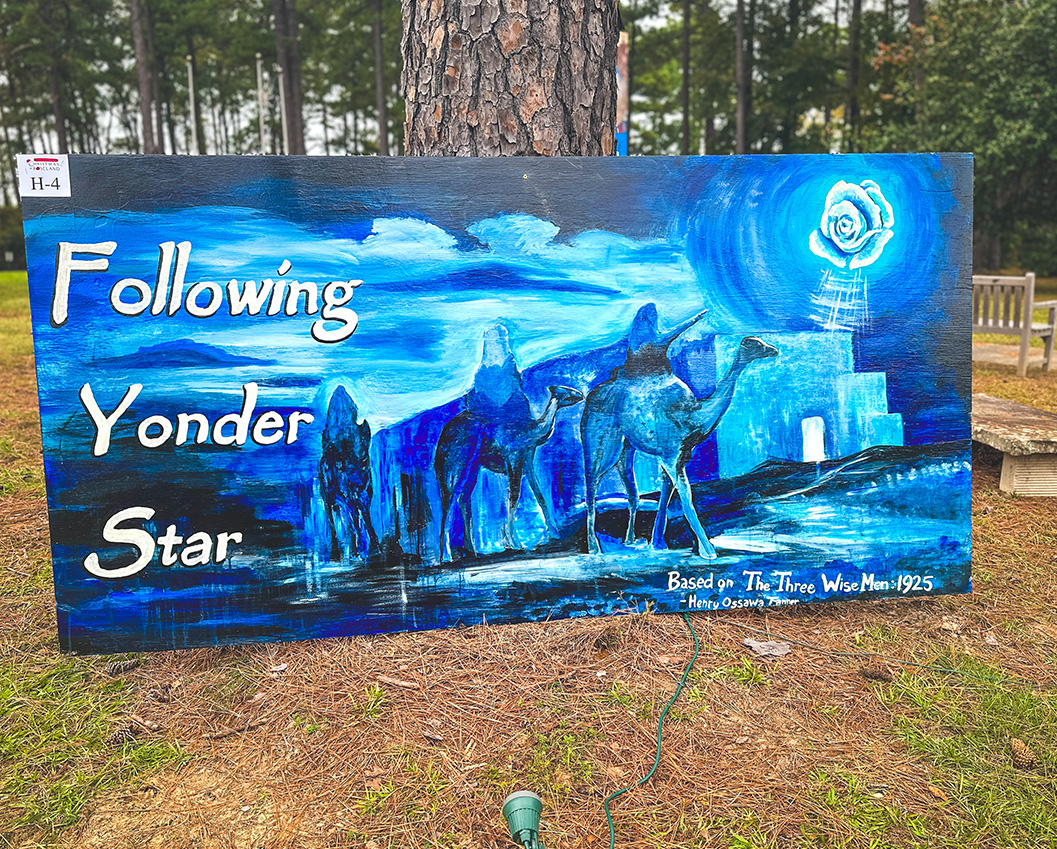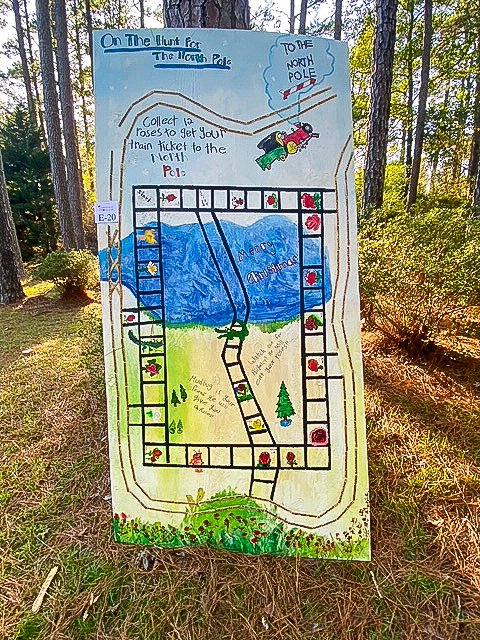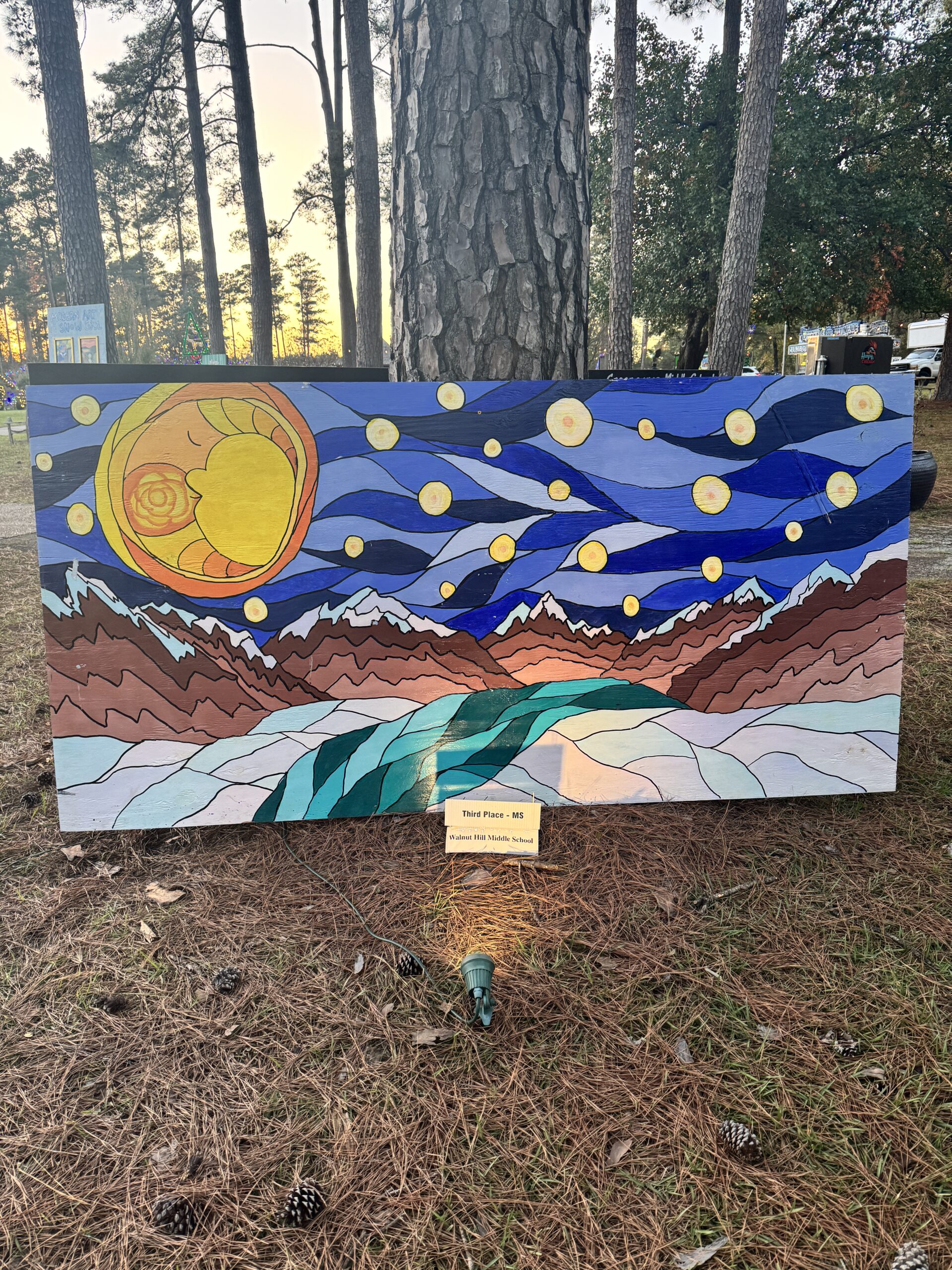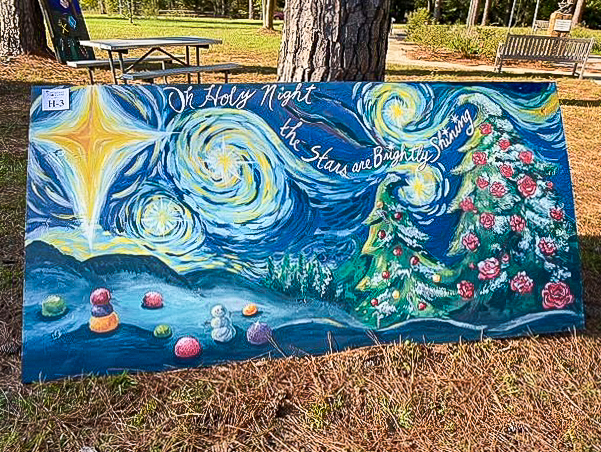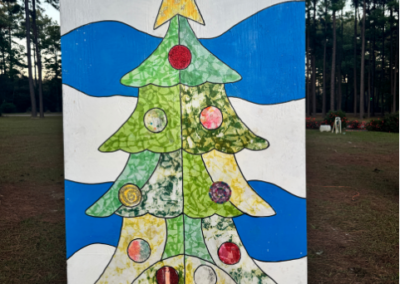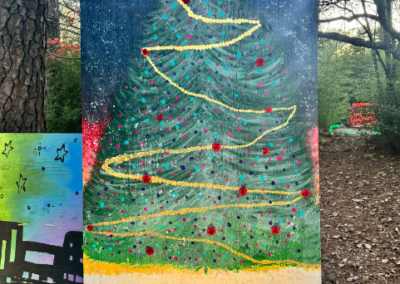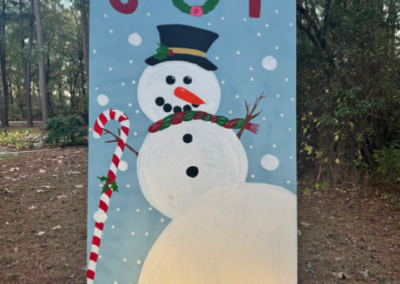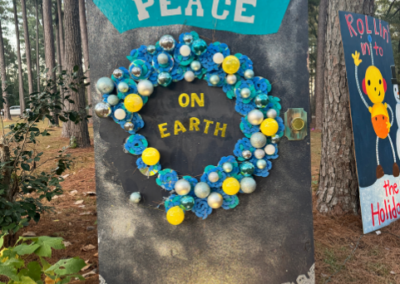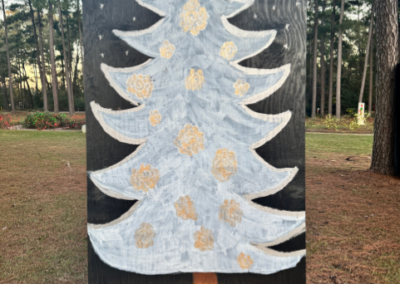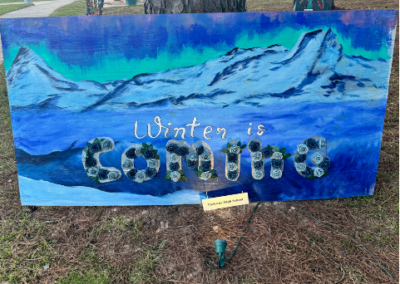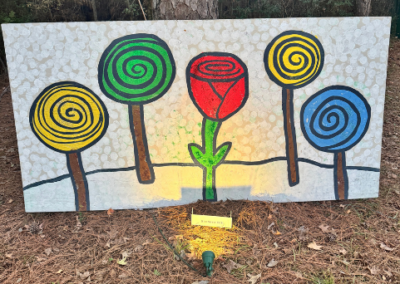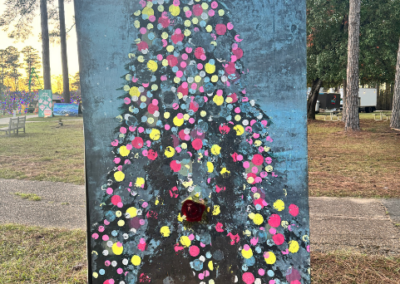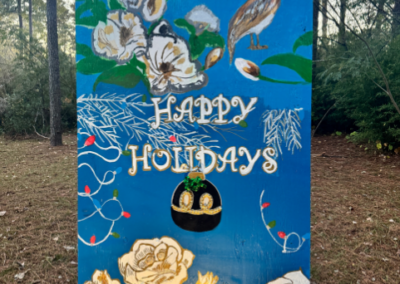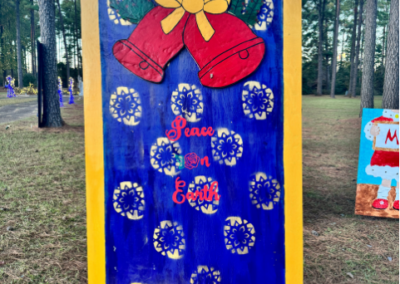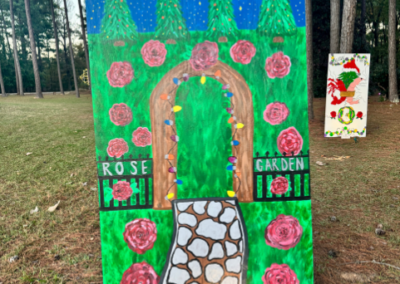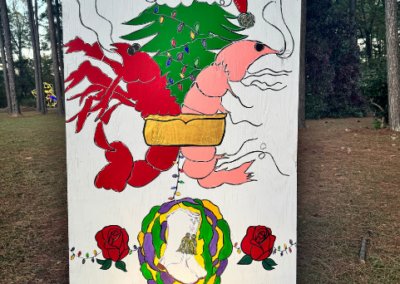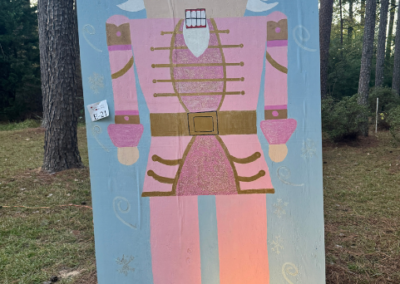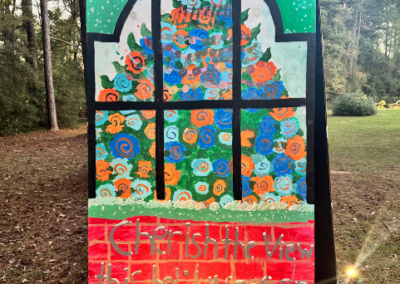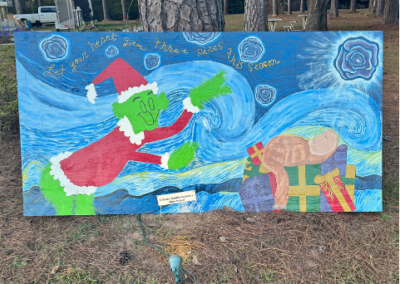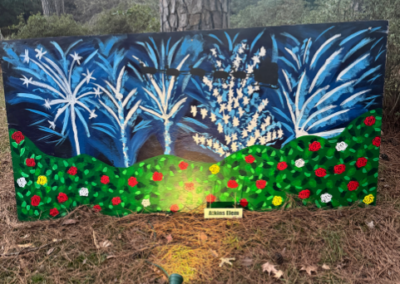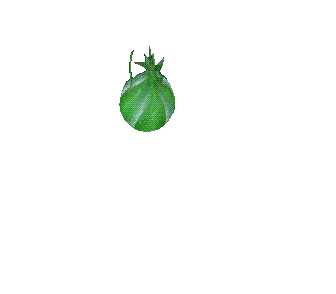Heat Stresses and Your Roses Shared from Mark’s Mayhems and Maladies by Dr Mark Windham
Much of the country has seen very hot weather and as I write this, we are not done with June! Rosarians in the Deep South and Southwest select roses suited for hot climates although their roses still suffer some heat damage at this time of year. In the Midwest, Mid Atlantic and Northeast and Northwest, roses have traditionally been selected for cold hardiness instead of tolerance to heat stress. Recent changes in weather patterns over much of the U.S. have led to hotter temperatures which have made heat stress a more universal challenge for rosarians.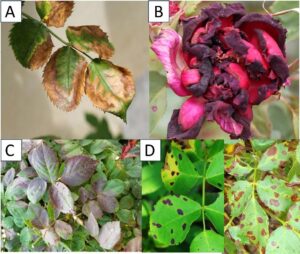
Heat stress can lead to scorched leaves (Fig. A) and blossoms (Fig. B). Scorching is a natural way for the rose to control water loss via transpiration as stomates (let water vapor out of leaves) are permanently closed in scorched areas of leaves. The scorched foliage can be tan to brown and may have a chlorotic border. Prune the scorched leaves and blooms off and pray for cooler weather.
Another form of heat stress is called black leaf. Black leaf is poorly understood but occurs in many rose cultivars. Foliage becomes bronze to black when temperatures are high (Fig. C). Black leaf may be due to a combination of heat, spraying pesticides during hot periods and possibly nutritional interactions. To date, black leaf has received little study by the scientific community although inquiries concerning roses with black leaf have increased in recent years. To remove all the black leaf from a bush in the heat of summer may require substantial pruning.
A disease associated with hot temperatures is Cercospora Leaf Spot (CLS). The disease is caused by the fungus Cercospora rosicola. Infection and subsequent symptoms occur in hot, humid weather. Spots from CLS have black/purple/brown borders and tan to gray centers (Fig. D). Unlike the cool weather disease anthracnose, there are no observable fruiting bodies in the lesion centers. Unlike blackspot that has diffuse borders, lesions of CLS have smooth borders. Plants with CLS can defoliate, but defoliation is not as common with CLS as it is with black spot. Resistance to CLS is available, but is controlled by different genes than those for black spot resistance. Therefore, resistance to one disease does not imply resistance to both diseases. Fungicides can be used and if needed; the ones for black spot control will work for CLS.
Mark Windham was a distinguished professor of ornamental pathology at the University of Tennessee, Knoxville. After retirement, Mark and his wife Karen love to walk beaches, visit with old rose friends, and enjoy grandchildren.


